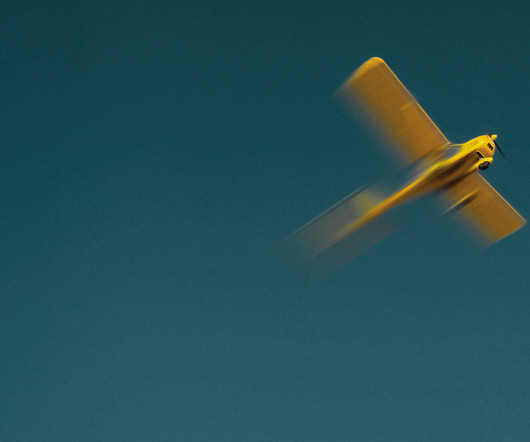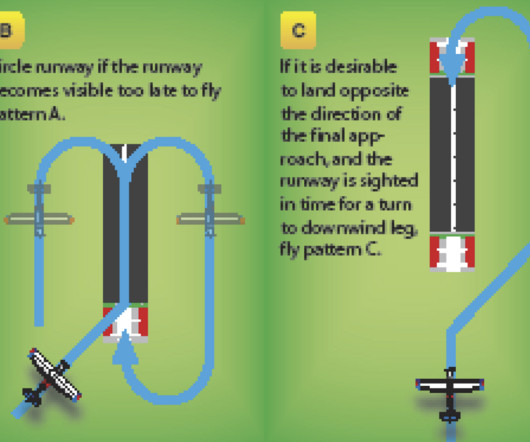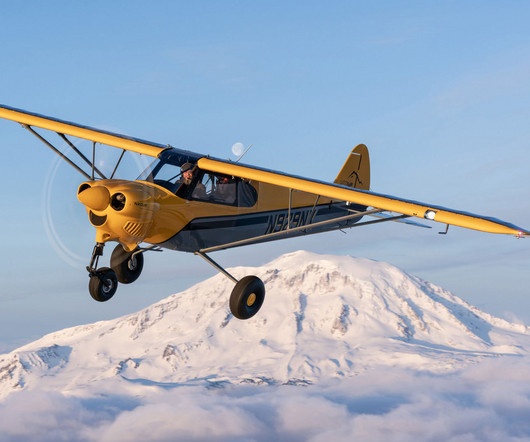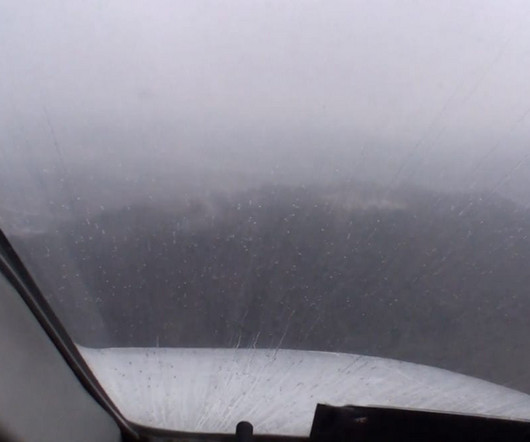Classic Theory Meets Digital Computer; Status Quo Emerges Unscathed
Flying Magazine
MAY 7, 2025
Naval Academy, approached the problem by setting lift-drag ratio, L/D, as his metric of efficiency. Carsons approach was mathematically elegant but assumed that time and fuel were of equal value to a hypothetical pilot. These are indicated, not true, airspeeds.) Again, these are indicated airspeeds.















Let's personalize your content